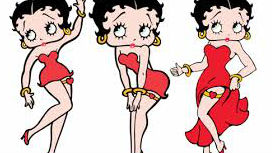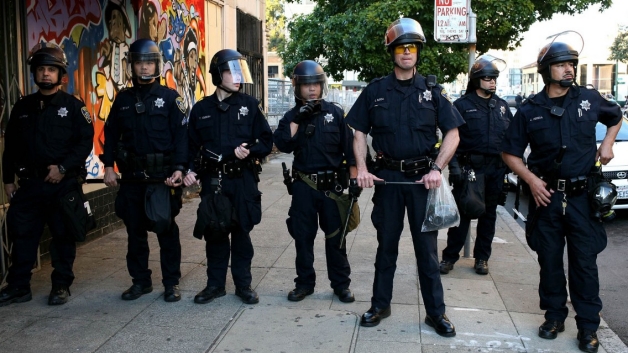Models and Stars: You Can Never Look Like Them Because They Don’t Look Like Them, Either

“I’ll never look like the women with beautiful bodies in the glossy magazines.”
Right. You won’t. Because they don’t.
This wonderful photo compilation by a model generously and compassionately reveals the insider secrets—published photos of male and female stars or models, before and after they’d been edited and photo-shopped.
We all know that images are manipulated, but it’s something else, and consoling, to see precisely how and how much.
Photographic and visual editing is in one sense as old as the Medicis, who insisted that artists improve and “correct” their portraits for the record. This sort of editing is more dispiriting, however, in a photographic genre that seems accurate, and real.
And we’re not talking about minuscule, mercy changes, here, such as the airbrushing of a scratch, or pimple. In some of these photos, entire bellies have been cleaved off, breasts massively augmented, and serious wrinkles magically erased. Some of the models have lost what looks like at least 10 or 15 pounds, all through the instantaneous diet of the virtual X-acto knife.
Magazines will continue to give you these doctored images, just as long as real humans keep falling short of their needs, and real readers keep buying the magazines.
So young women and men, especially, need to develop a high Visual IQ. They have to understand what they’re looking at—really understand it, and internalize it–because the photos are otherwise dangerously and depressingly deceptive. Generically, they “code” as if they’re accurate.
We need to flex our visual IQ by practicing reading the photos as things closer to art, or cartooning, or even human caricature, where the aim is to capture the gist of the body, or a gesture, or to exaggerate its iconic, signature features, but not to represent it truthfully and with ruthless precision, a la Depression documentarian Walker Evans.
There’s nothing wrong with taking pleasure in the images, so long as they’re read visually as representations of reality rather than reality itself.
It’s like those Betty Boop cartoons from the 1930s. No one really expected a woman to look like Betty, with her non-existent waist, bovine eyes, and huge boobs. Instead, she represented a convention of femininity, rendered through artistic liberty and exaggeration.
In a similar way, the Fashion Week runway shows present extreme clothing that few of us would ever actually wear, in order to dramatize and highlight trends in silhouette, color, hem length, fabric, attitude, and so on. The images of the models’ bodies in magazines are as suggestive (not literal) as the dramatic, “editorial” fashions that the models wear on the runway: neither is to be taken entirely literally.
We can take pleasure in the images for what they are: pictures with things that magazine editors and others feel are aesthetically pleasing, ideal physical traits and characteristics, for both the male and female body, that exist somewhere between documentary and expressive art.





